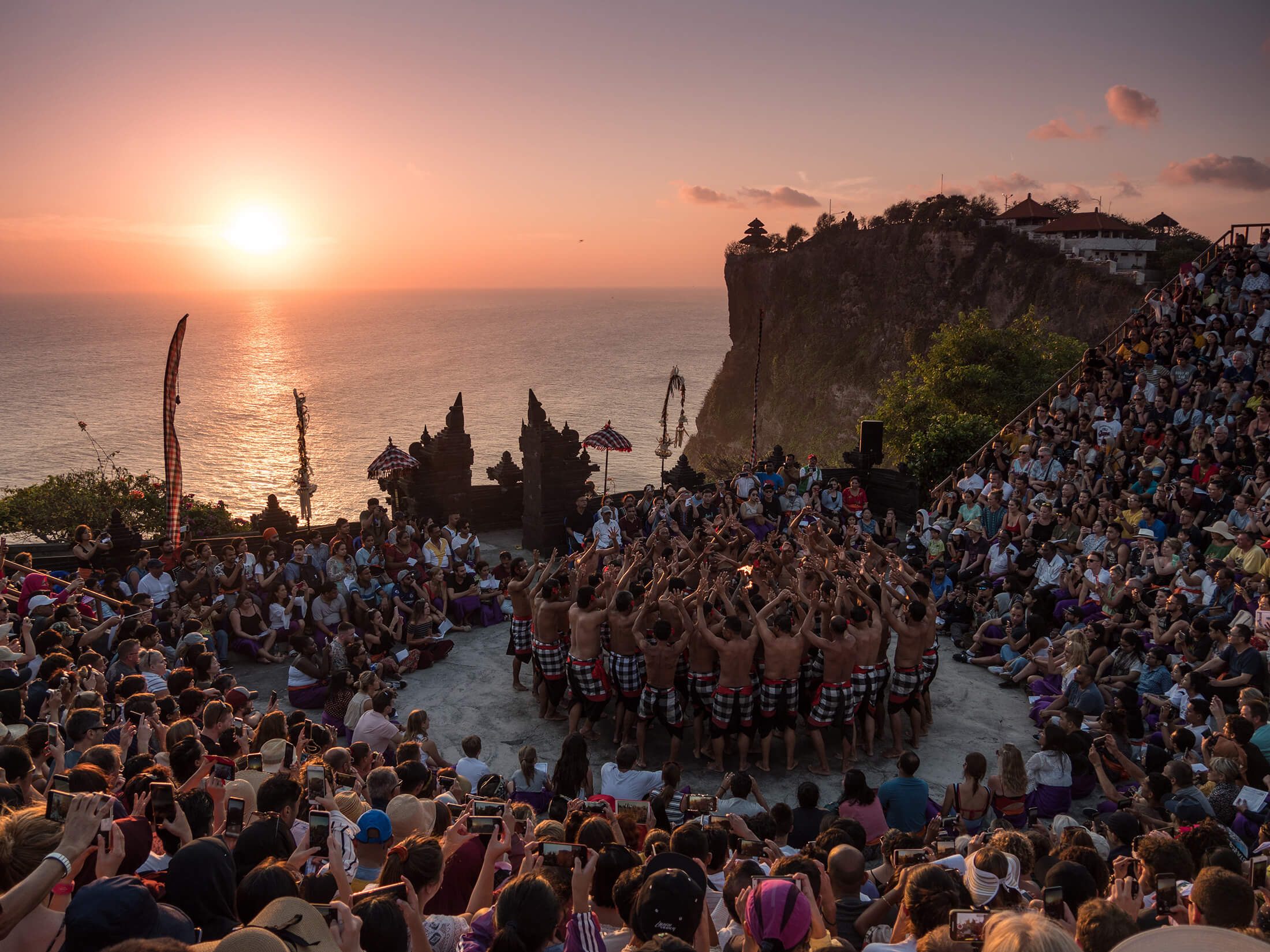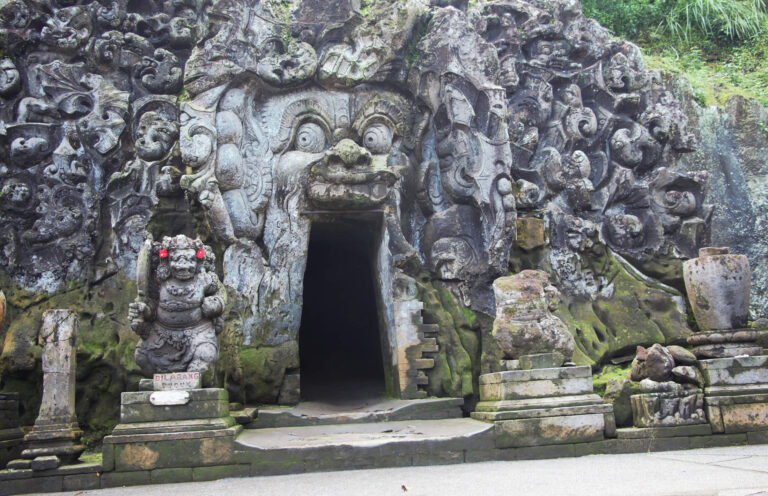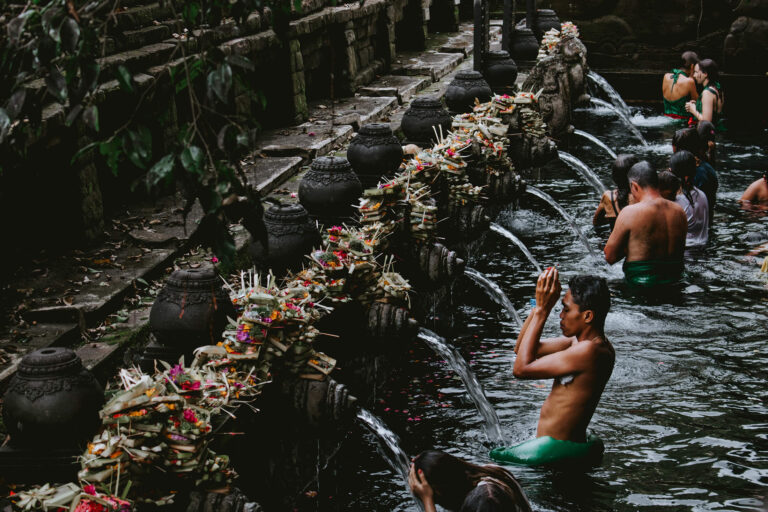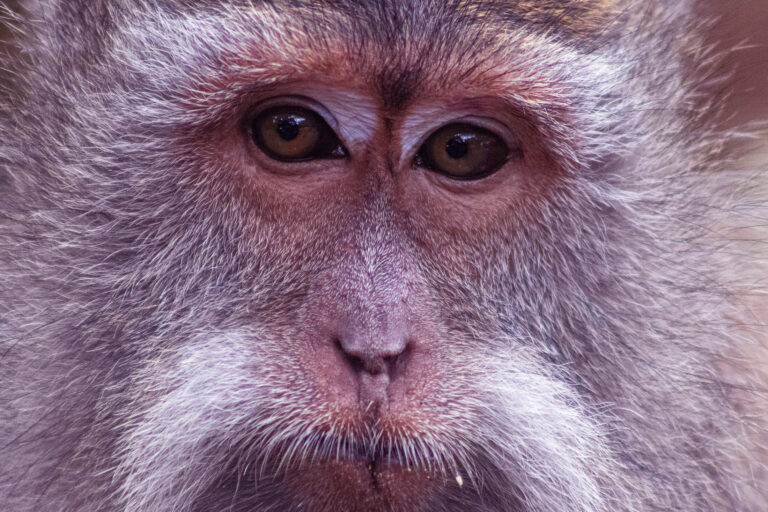Uluwatu Temple: A Guide to Bali’s Most Iconic Clifftop Landmark to See
Uluwatu Temple, also known as Pura Luhur Uluwatu, is a Hindu temple located on the southwestern tip of Bali, Indonesia. It is one of the six key temples believed to be Bali’s spiritual pillars. The temple is situated on a cliff top, 70 metres above the Indian Ocean, offering stunning, panoramic views of the surrounding area.
The temple is dedicated to Sang Hyang Widhi Wasa, the supreme god of Indonesian Hinduism. It is believed to have been built during the 11th century, and has undergone several renovations over the years. The temple is also home to a number of monkeys, which are considered sacred by the locals. The temple monkeys are believed to guard the temple from evil spirits. Uluwatu temple itself is built as part of a series of temples that protect Bali from evil spirits.
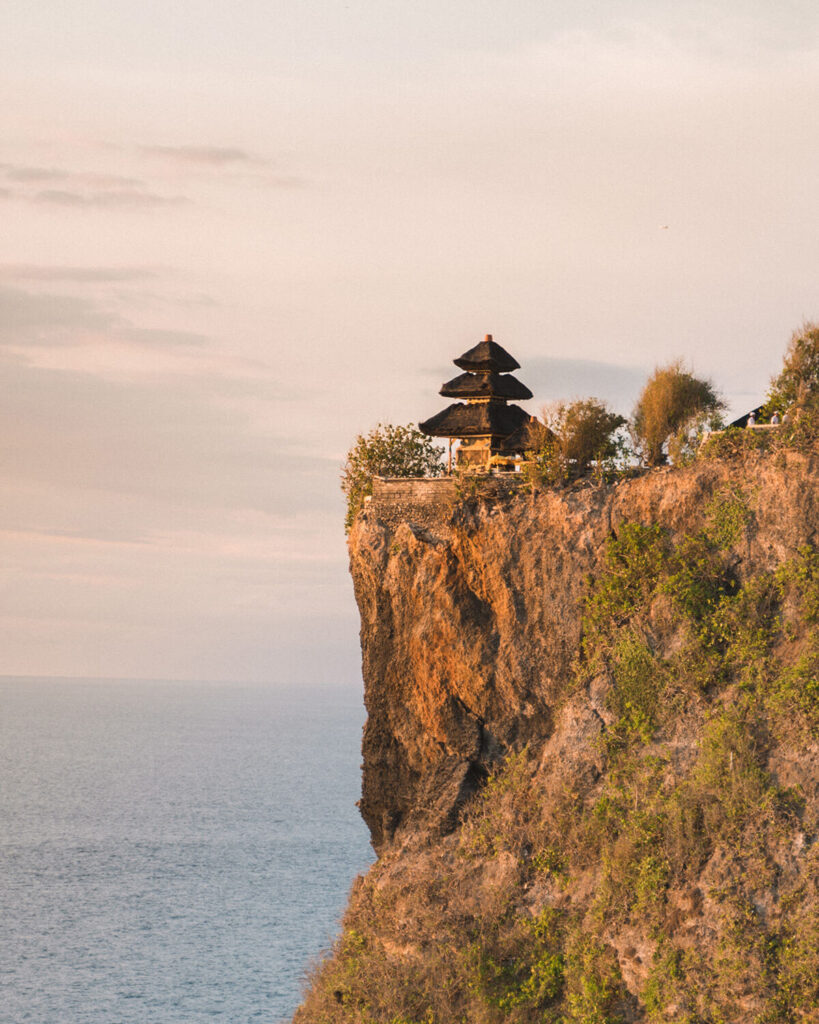
Geography
The Uluwatu Temple is located in the Pecatu Village, Kuta South District, Badung Regency, Bali. It is approximately 25 kilometers from Denpasar, the capital city of Bali. The temple is situated on the Bukit Peninsula, which is known for its rugged limestone cliffs and beautiful beaches. The area is also home to a number of luxury resorts and villas.
Uluwatu and the Bukit area is also home to some of the world’s best surf spots frequented by international stars such as Kelly Slater and Kai Lenny on a fairly regular basis.
History
The exact date of the construction of Uluwatu Temple is unknown, but it is believed to have been built during the 11th century. It was originally built by a Javanese sage named Mpu Kuturan, who is credited with introducing Hinduism to Bali. The temple has undergone several renovations and restorations over the years, with the most recent one being in 1999.
The temple is dedicated to the spirits of the sea, and it is believed that the temple’s location on the cliff’s edge was chosen for its spiritual significance.
Architecture and Design
Layout and Structure
The architecture and design of the temple is a testament to the skill of the Balinese craftsmen and their dedication to their religious beliefs.
The temple complex is divided into three main courtyards, each with its own purpose and significance. The outermost courtyard is the entrance to the temple and is lined with small shops selling souvenirs and offerings. The second courtyard is the main area of the temple where the Balinese people worship and perform religious ceremonies. The innermost courtyard is the holiest area of the temple and is only accessible to Hindu priests.
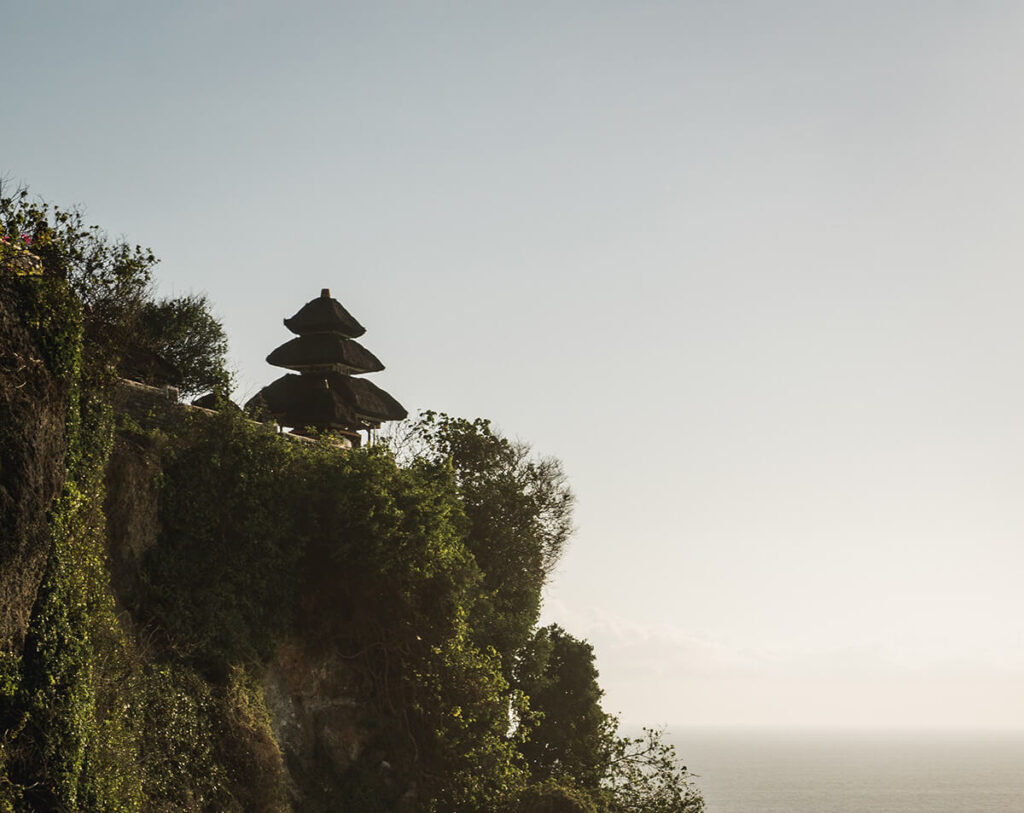
The temple’s main structure is made of black coral rock, which was brought from the nearby sea. The walls of the temple are decorated with intricate carvings and reliefs depicting Hindu gods and goddesses, as well as scenes from the Ramayana and Mahabharata epics. The roof of the temple is made of thatched palm leaves, which are replaced every year in a traditional ceremony called ‘ngaben’.
Sculptures and Carvings
The temple is renowned for its beautiful sculptures and carvings, which are found throughout the complex. The most famous of these is the statue of Lord Shiva, which stands at the entrance to the innermost courtyard. The statue is carved from white coral and is considered to be one of the finest examples of Balinese sculpture. Other notable sculptures include the statues of Ganesha, the elephant-headed god, and Garuda, the mythical bird-like creature that serves as the mount of Lord Vishnu.
The carvings on the walls of the temple are equally impressive, with intricate details and a high level of skill. The carvings depict scenes from Hindu mythology, as well as everyday life in Bali. The carvings are also used to convey moral and spiritual messages to the worshippers.
Religious Significance
Uluwatu Temple is one of the most important Hindu temples in Bali, Indonesia. The temple is dedicated to Sang Hyang Widhi Wasa, the Supreme God of Indonesian Hinduism. The temple is believed to have been built in the 11th century by Mpu Kuturan, a Hindu sage who also played a significant role in the development of Hinduism in Bali.
Hindu Beliefs and Rituals
According to Hindu beliefs, Uluwatu Temple is one of the six key temples that protect Bali from evil spirits. The temple is also believed to be the abode of Dewi Danu, the goddess of the lake and rivers. The temple complex consists of several shrines and courtyards, each with its own unique significance.
Visitors to the temple are required to wear a sarong and sash as a sign of respect. The temple is open from 9am to 6pm daily, and visitors are welcome to attend the daily Kecak dance performance, which takes place at sunset.
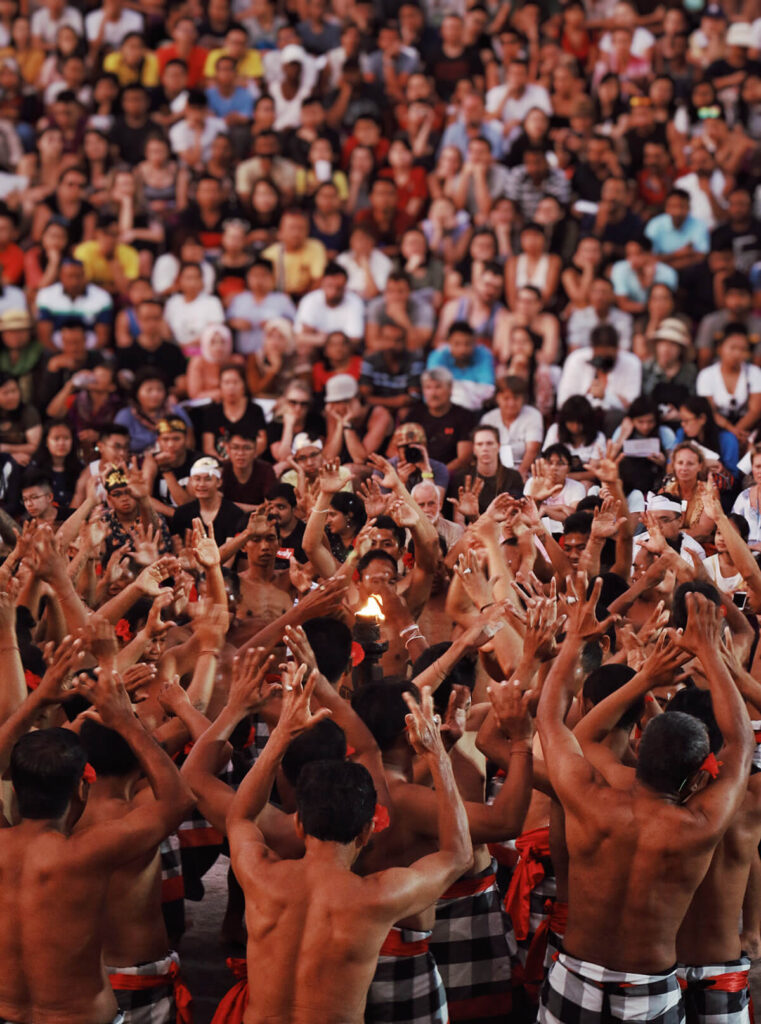
Festivals and Celebrations
Uluwatu Temple is the site of several important Hindu festivals and celebrations throughout the year. One of the most important is the Piodalan ceremony, which takes place every six months and celebrates the temple’s anniversary. During this ceremony, offerings are made to the gods and ancestors, and a purification ritual is performed in the temple’s sacred spring.
Another important festival is the Melasti ceremony, which takes place on the day before Nyepi, the Balinese New Year. During this ceremony, the temple’s sacred objects are cleansed in the sea, and offerings are made to the gods.
Overall, Uluwatu Temple is a significant religious site that plays an important role in the spiritual and cultural life of Bali. Visitors to the temple are encouraged to respect the local customs and traditions, and to appreciate the beauty and significance of this ancient and sacred place.
Tourism and Accessibility
Uluwatu Temple is one of the most popular tourist destinations in Bali. Visitors come from all over the world to see the stunning views of the Indian Ocean, watch the Kecak fire dance, and explore the temple grounds. Here is some information to help visitors plan their trip to Uluwatu Temple.
Visitor Information
Uluwatu Temple is located on the Bukit Peninsula in southern Bali, about 30 kilometres from the airport. The temple is open from 9am to 6pm every day, and visitors are welcome to explore the temple grounds and enjoy the views. However, visitors should be aware that the temple is a sacred site, and appropriate dress is required. Visitors should wear clothing that covers their shoulders and knees, and should not wear hats or sunglasses inside the temple.
There is an entrance fee to visit the temple, and visitors should be prepared to pay in cash. The fee includes a sarong rental, which is required for visitors who are not dressed appropriately. Visitors should also be aware that there are monkeys in the temple grounds, and should take care to keep their belongings secure.
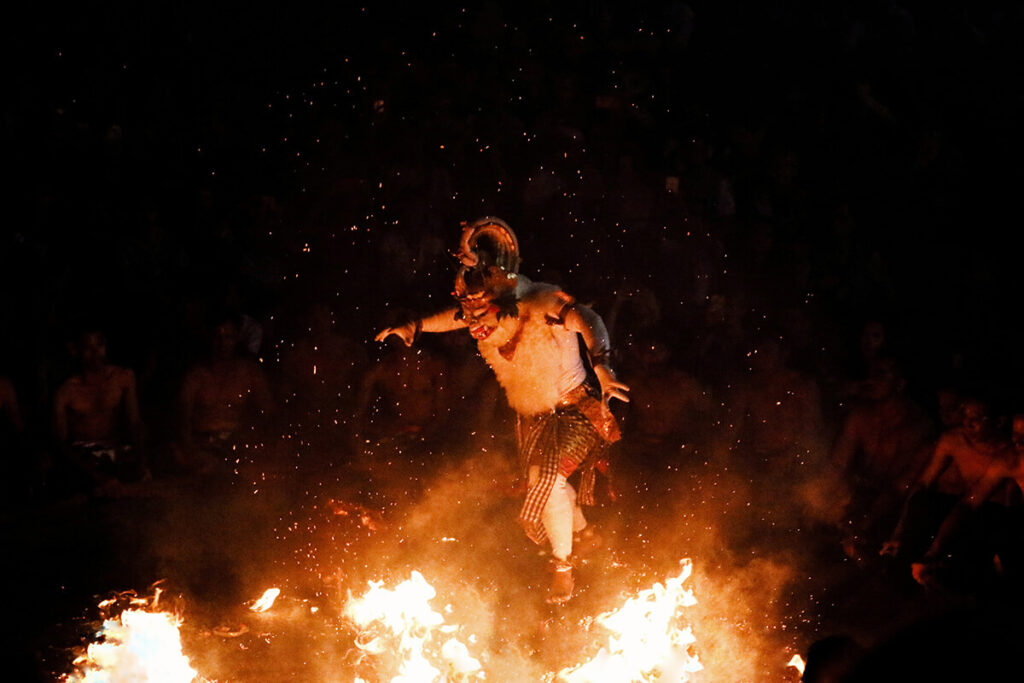
Activities and Attractions
One of the main attractions at Uluwatu Temple is the Kecak fire dance, which takes place every evening at sunset. The dance tells the story of the Ramayana, and is performed by a group of 50 to 100 men. Visitors can purchase tickets to the dance at the temple entrance, and should arrive early to secure a good seat.
In addition to the Kecak fire dance, visitors can also explore the temple grounds and enjoy the stunning views of the Indian Ocean. The temple is perched on a cliff 70 metres above the sea, and offers spectacular views of the coastline. Visitors can also walk along the cliff path to explore the surrounding area.
For visitors who want to learn more about the history and culture of Uluwatu Temple, there are guided tours available. These tours provide visitors with an in-depth look at the temple and its significance in Balinese culture.


